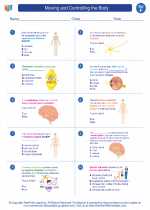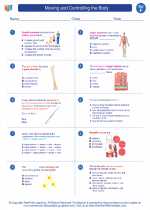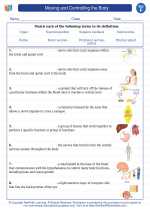Ectoparasites: An Explanation
Ectoparasites are organisms that live on the external surface of another organism, known as the host, and obtain nutrients by feeding on the host's bodily fluids. Ectoparasites can include various organisms such as fleas, ticks, lice, and mites. They can be found on a wide range of hosts, including mammals, birds, and even reptiles.
Types of Ectoparasites
- Fleas: Small, wingless insects that feed on the blood of their hosts.
- Ticks: Arachnids that attach to the skin of their hosts and feed on blood.
- Lice: Wingless insects that infest the hair and feathers of their hosts, feeding on blood and skin.
- Mites: Tiny arthropods that can cause skin irritation and other health issues in their hosts.
Effects of Ectoparasites
Ectoparasites can cause a range of health issues in their hosts, including skin irritation, itching, hair loss, anemia (due to blood loss), and the transmission of diseases.
Prevention and Control
Preventing and controlling ectoparasites involves measures such as regular grooming and inspection of pets, use of flea and tick control products, keeping living spaces clean, and, in some cases, treatment of the host with medication prescribed by a veterinarian.
Study Guide
Key Concepts
- Definition of ectoparasites and examples of organisms that can act as ectoparasites.
- Types of ectoparasites.
- Effects of ectoparasites on hosts.
- Preventative measures and control strategies for ectoparasites.
Study Questions
- What are ectoparasites, and how do they obtain nutrients?
- Provide examples of ectoparasites and the hosts they infest.
- Explain the potential effects of ectoparasites on their hosts.
- What are some strategies for preventing and controlling ectoparasites?
Further Resources
.◂Science Worksheets and Study Guides Sixth Grade. Moving and Controlling the Body

 Worksheet/Answer key
Worksheet/Answer key
 Worksheet/Answer key
Worksheet/Answer key
 Vocabulary/Answer key
Vocabulary/Answer key
 Vocabulary/Answer key
Vocabulary/Answer key
 Vocabulary/Answer key
Vocabulary/Answer key
